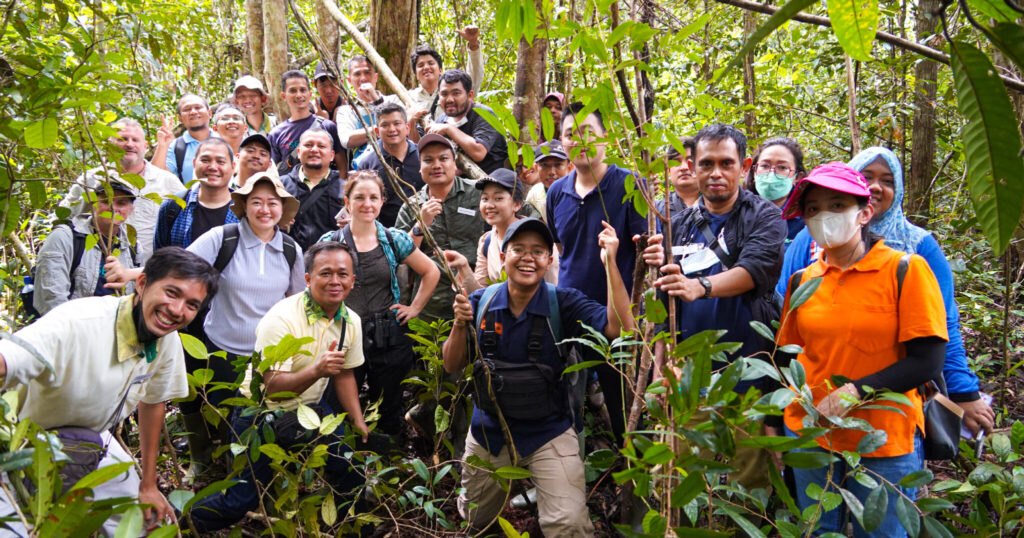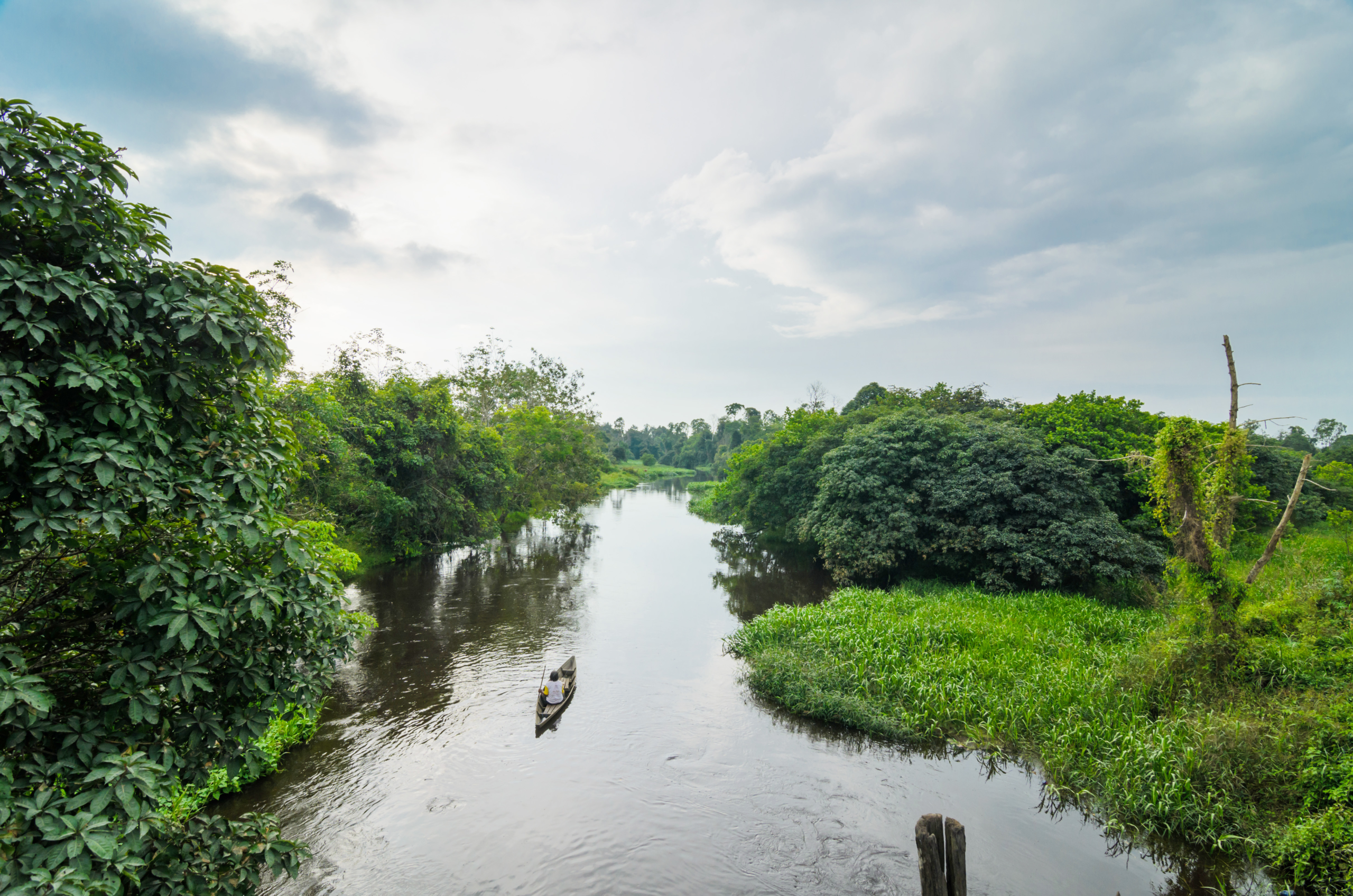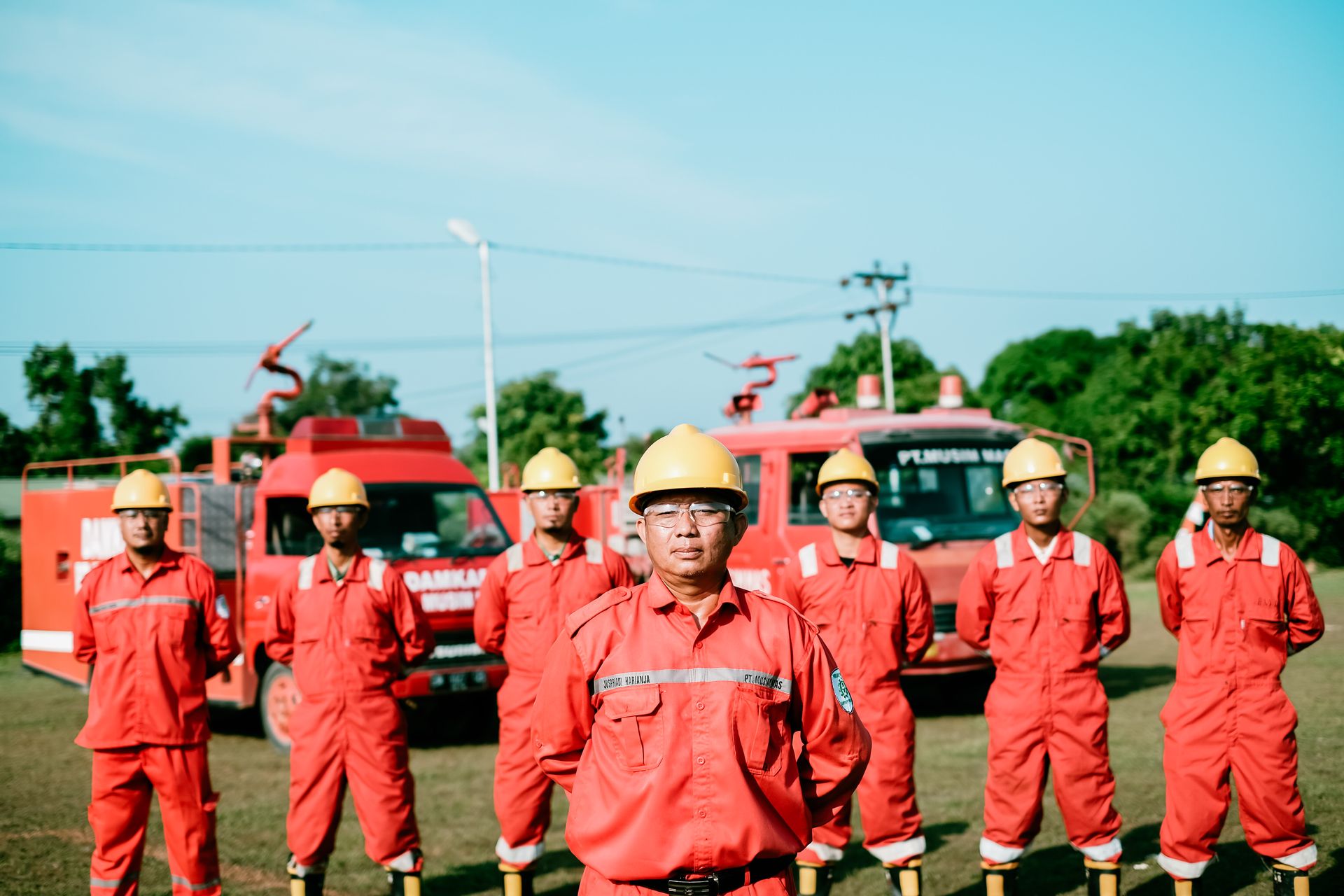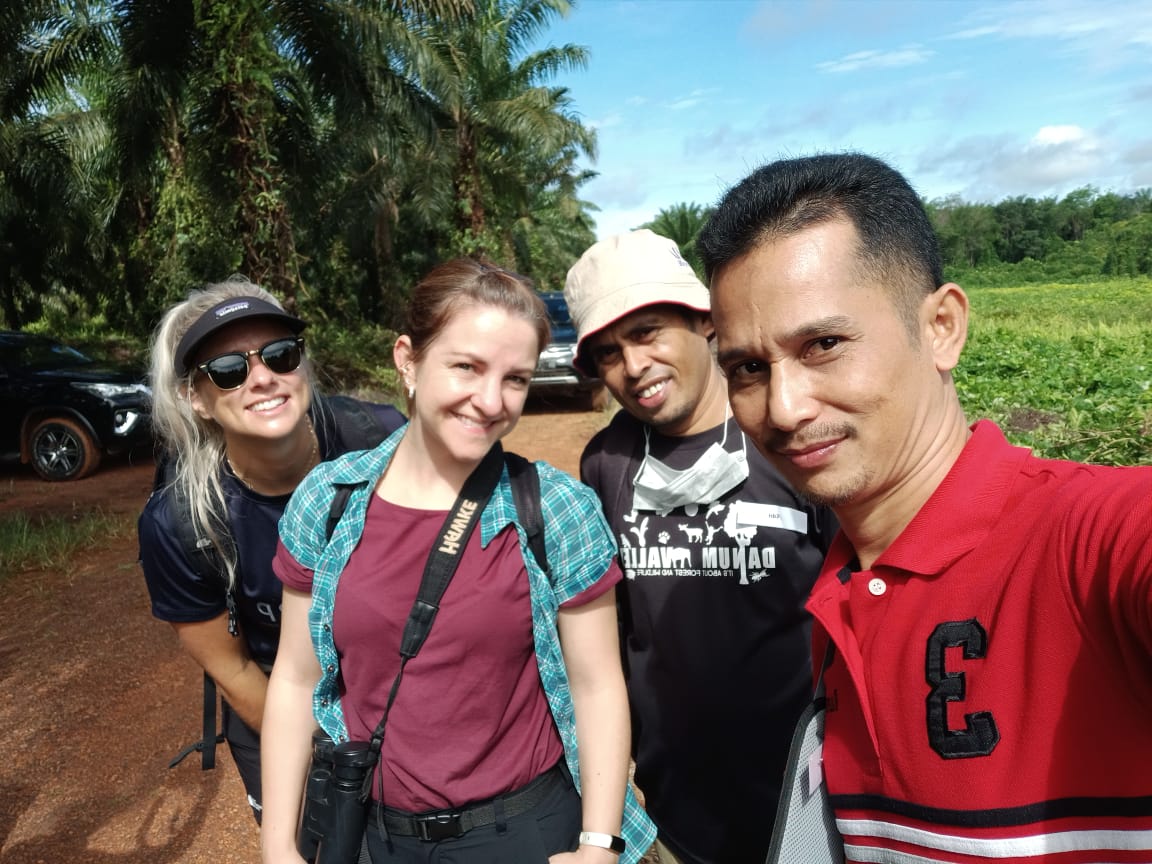As a leading sustainable oil palm company, care for the environment is at the heart of our operations.
Musim Mas’ efforts to conserve biodiversity include the stewardship of forests we maintain within our land concessions, restoring riparian buffers around waterbodies to protect aquatic life and water quality, and active monitoring of wildlife and other environmental indicators within both High Conservation Value (HCV) areas and the surrounding land areas.
To that end, our Sustainability Team has been recording biodiversity, including bird species richness, for more than a decade across Musim Mas’ 14 oil palm plantation estates.
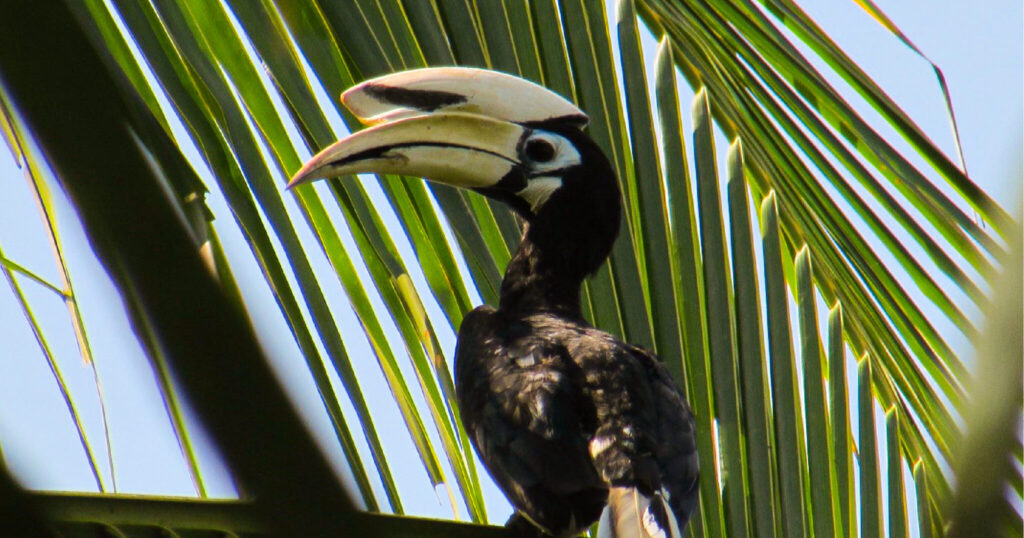
To analyze this data scientifically, we engaged the UK-based South East Asia Rainforest Research Partnership (SEARRP) and scientists at the University of Oxford. It included a workshop in mid-October 2022 to discuss the results and recommendations of the analysis with our field staff and to identify ways to improve our monitoring and data collection efforts. The workshop comprised both classroom and field sessions within HCV areas of Musim Mas’ PT Sukajadi Sawit Mekar (PT SSM) subsidiary in Central Kalimantan.
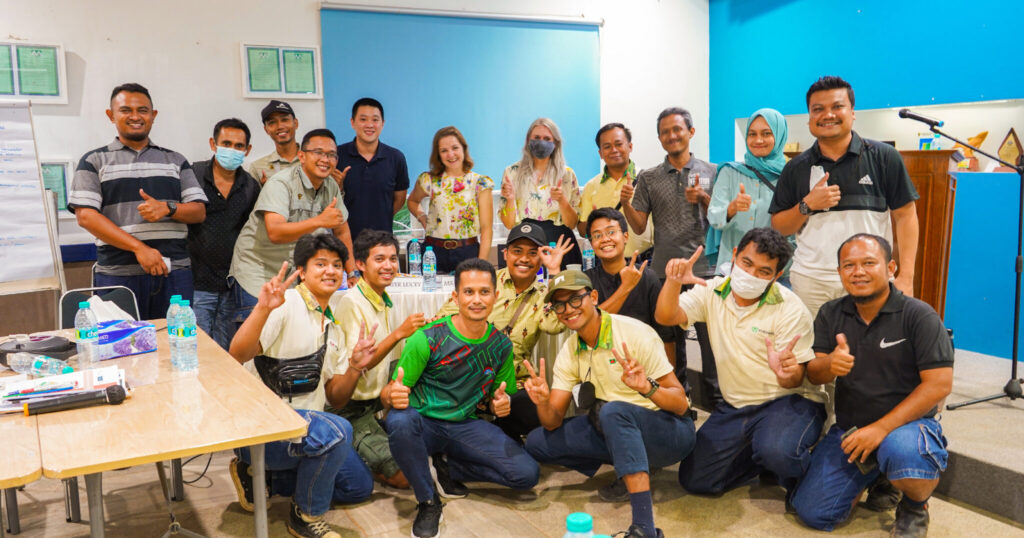
SEARRP Researchers with Musim Mas Participants.
Classroom Sessions
SEARRP shared the main findings of the analysis of bird biodiversity.
Biodiversity trends varied considerably across Musim Mas’ 14 plantations. In breakout groups, Musim Mas’ Sustainability staff from various locations discussed possible explanations for observed trends. It was found that many factors influenced biodiversity patterns which has given us the impetus to refine biodiversity management activities and procedures.
To maintain the integrity and validity of the data collected, SEARRP also provided suggestions to help our team improve data collection efforts.
With vast amounts of biodiversity data collected by Musim Mas’ teams, effective data management is vital for analyzing long-term trends, and adjusting management efforts, if needed.
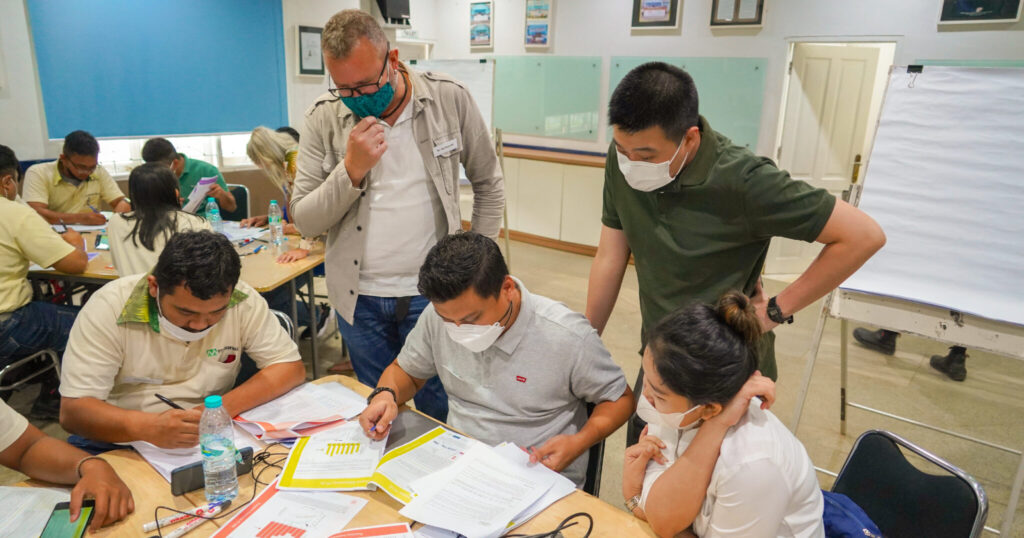
Musim Mas Sustainability Team staff discussing data trends with Glen Reynolds, SEARRP.
Field Sessions
The team visited three forests of distinctively different conditions, a young regenerative forest, a low-density forest on peat soil, and a scrubland that the company conserves within the concession of PT SSM. The forest types were selected to illustrate specific monitoring aspects. The Musim Mas field team carried out mock monitoring assessments, which were observed by SEARPP experts. SEARRP researchers provided feedback from their observations and gave our officers inputs to refine their efforts. In-depth discussions followed over state-of-the-art approaches and ways to obtain more robust results.
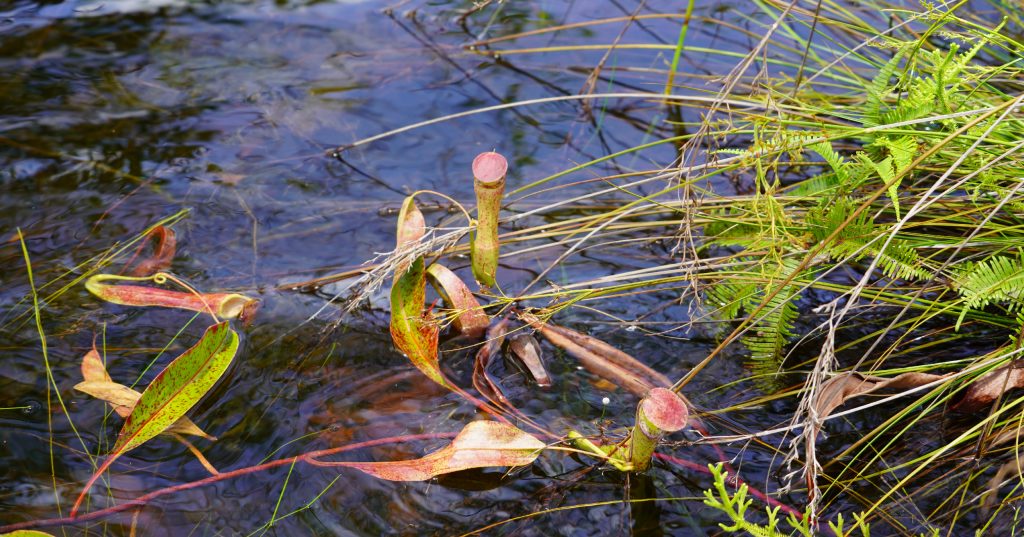
The Nepenthes pitcher plant, an endangered species that can be found in the conservation areas of PT SSM.
Key Take-aways
Musim Mas’ attendees found the workshop to be highly useful in improving their efforts in biodiversity monitoring and interpretation of data. The field exercises across various forest types within our PT SSM subsidiary proved helpful in discussing data collection challenges in the field. SEARRP’s expertise in biodiversity monitoring for academic research, data management as well as sophisticated statistical analyses was invaluable and will help our team improve efficiency and monitoring procedures.
Sustainability is at the heart of Musim Mas’ business philosophy. We will continue the active conservation of areas of High Conservation Value (HCV), High Carbon Stock (HCS), and biodiversity, as we have in the past decade.
Ultimately, this collaboration will enable Musim Mas to prioritize the conservation efforts that are making the most significant impact, while also allowing us a better understanding of monitoring efficacy and natural biodiversity trends. In addition, identifying how species move across landscapes to access food, new habitats, or mates will allow Musim Mas to improve HCV and set-aside networks to avoid species losses and support biodiversity.
